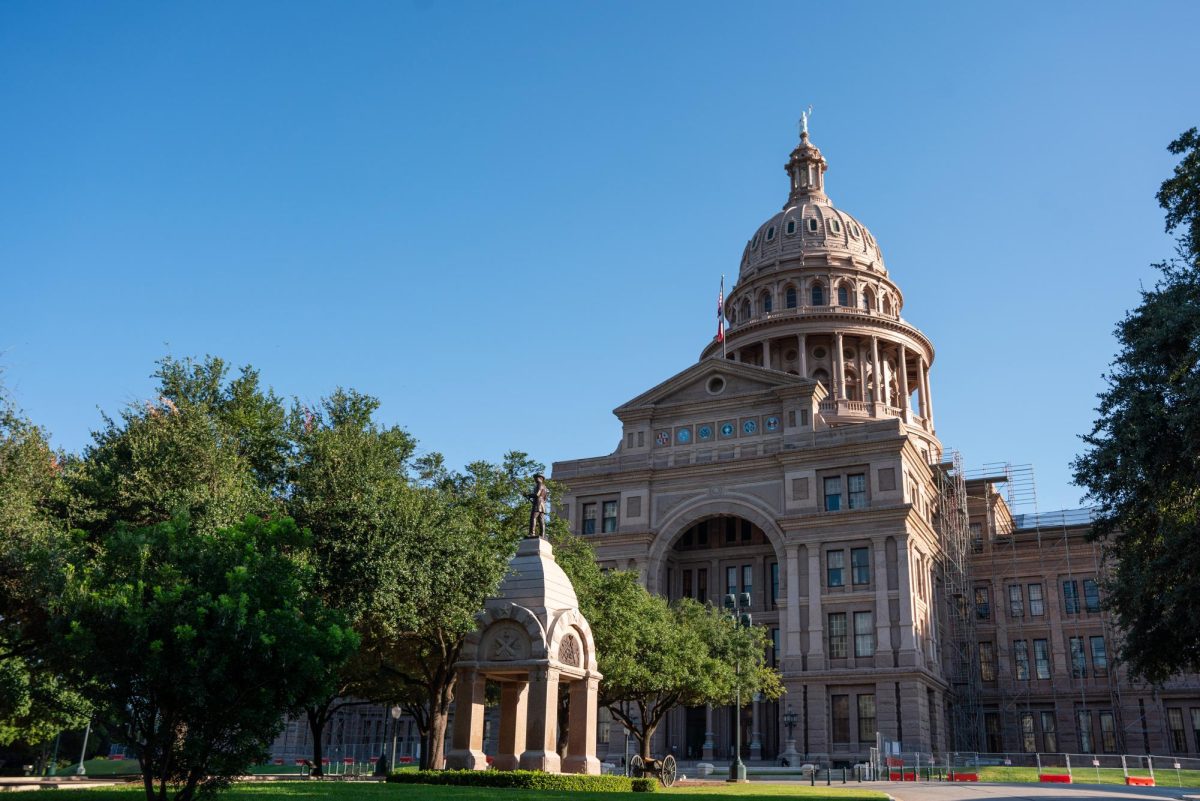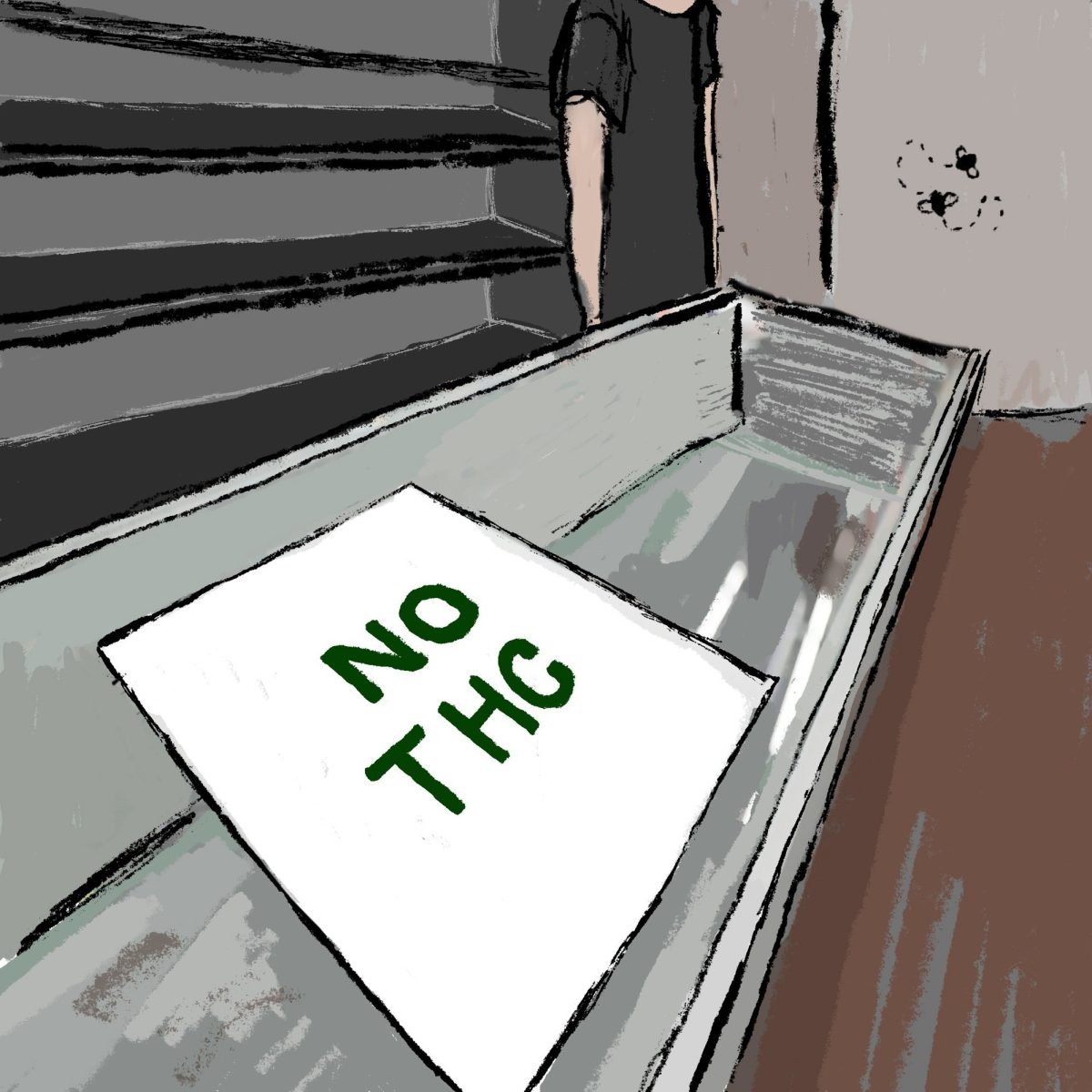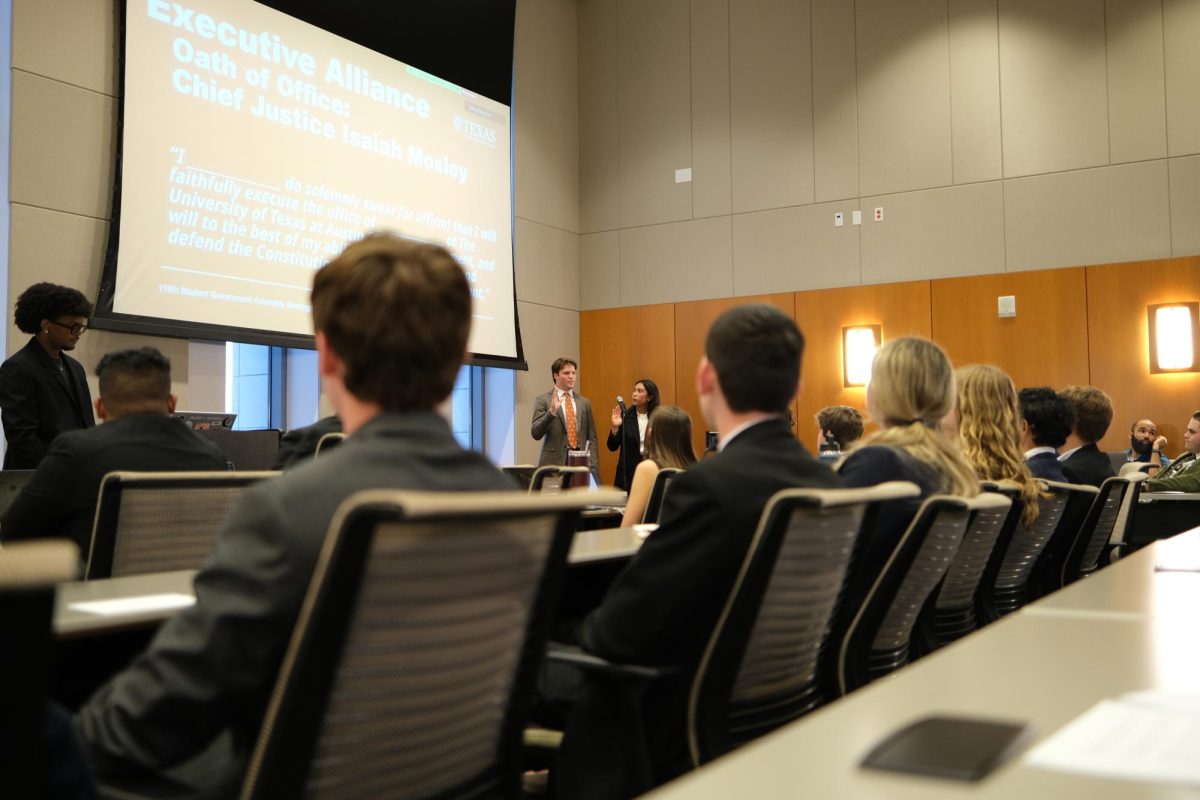Watching machines completely independent of human manipulation face off on the soccer field is one way for non-computer science majors to understand the real world capabilities of artificial intelligence and to provide a taste for the future of robotics.
Peter Stone, associate computer science professor, talked about his UT RoboCup team, autonomous vehicles and other parts of his research yesterday.
Stone’s research focuses on how to create “robust, fully autonomous agents in the real world.” Part of creating that independence is a concept called machine learning, where the robot can learn from its mistakes and ideally improve from experience, he said.
“I’m going to keep trying to push the idea of fully autonomous agents, but part of the excitement of academia is that I have no idea where it’s going to lead me,” Stone said.
The objective is to promote growth in the field of robotics and to develop a team of humanoid robots that could beat the human World Cup champion team by the year 2050.
“It sounds crazy,” Stone said. “On the other hand, 40 years is a long time. From the Wright Brothers flying a plane to landing a man on the moon was about 60 years.”
Computer science junior Corbyn Salisbury is working on the autonomous vehicle project for Stone’s lab.
“I think fully humanoid robots will be a complete reality in 40 years,” Salisbury said. “I know in my research there’s not too many more barriers to cross before autonomous vehicles are actually in production lines.”
The autonomous vehicle can stop at intersections, wait for cars that have the right-of-way and find alternate routes based on obstacles in the road, Salisbury said.
Stone said another component in artificial intelligence is creating agents that can exist together in the real world. He said he had to figure out a way to get his robot RoboCup team to coordinate with each other while playing soccer. He said the robots need to communicate with each other just like a human team would.
Stone said one of the things to ask when considering a career in robotics is what will happen when the goal of autonomous, humanoid robots is achieved.
“The coolest part was finding out that in the RoboCup championships, humanoid robots are now being used,” said geophysics freshman Miguel Gonzales. “Artificial intelligence is becoming more humanoid.”


















